Beginning in late 2012, the Connemara Board of Trustees committed to an aggressive effort to restore native grasses and wildflowers to the Meadow. In the spring of 2012, we started with a focus on eliminating invasive grasses and forbs from almost 15 acres in the Eastern half of the Lower Meadow.
That winter we planted four types of native grasses, Big Bluestem, Little Bluestem, Indian grass, and switch grass. We experienced a very dry growing season in 2013 and very little of the native grass grew. We learned several valuable lessons from that effort, the two main ones being that irrigation is key to success and that we needed to limit the size of the restoration areas to match the available volunteer hours and equipment.
A Three-Legged Stool
Restoration is best described as a "three-legged stool.” To be successful the three pieces — volunteer hours, water (via irrigation), and equipment — have to match or the "stool" will not sit level, and restoration progress is stymied. We were very fortunate to add dedicated volunteers beginning in 2015 to match the equipment and irrigation described below.
In 2015, we added our own tractor which allowed us to move forward a great deal. We were able to mow where and when we needed to and the tractor provided the "power" for the next piece of equipment, a rototiller, which we added in 2016. With these two pieces of equipment, plus the experience we had gained since 2012, we have been able to successfully restore larger and larger plots in the Meadow with both native grasses and wildflowers.
It takes approximately 15 months of work to remove invasives from a restoration plot. Each year since 2016 we have been able to increase the size of the plots for the growing season. Key in this expansion has been our ability and knowledge of how to irrigate successfully. By the end of the 2020 growing season, we had successfully restored 70 percent of the Western Lower Meadow to native grass and had made headway in other areas of the Meadow.
Grass Restoration Process
We use four techniques for grass restoration.
First, we grow seed in seed trays in the Allen High School greenhouse beginning in January and move the seedlings to a "nursery" in early May. We irrigate the seedlings throughout the summer, allowing them to grow to maturity. The following winter we transplant them to plots we have been working on getting ready for 15 months throughout the Meadow.
Second, we "divide" existing clumps of native grass and move the pieces to new plots. Where we had one clump before, we now have three or four.
Third, we "rescue" native grass from prairie remnants in the Dallas area and move the grasses we dig up to new homes in plots in the Meadow.
Fourth, we seed the plots and irrigate them throughout the summer.
As of 2020, we can say without reservation: "No brag, just fact! Nobody knows more about native grass restoration in the North Texas area than the volunteer restoration crew at the Connemara Meadow Nature Preserve." That doesn't mean we don't fail in some of our attempts or that progress is any easier. Restoration is hard and expensive.
